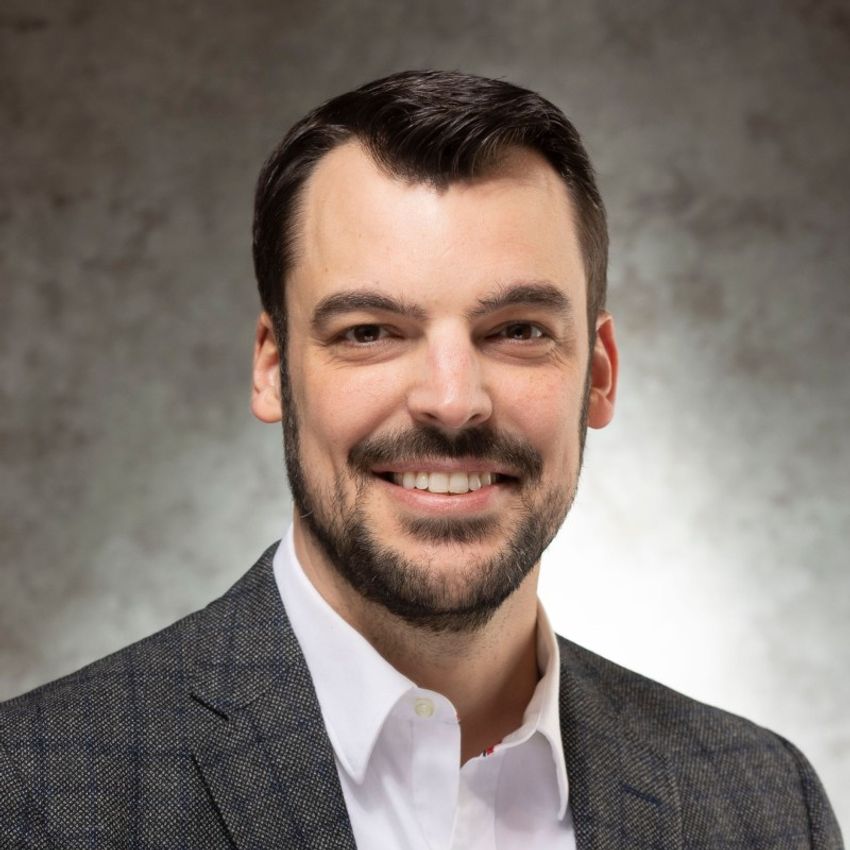Process development plays a pivotal role in turning circular-economy concepts into practical solutions for lab and pilot environments. In this Q&A, Chris Rentsch, process development manager at Koch Modular Process Systems, discusses how his team integrates sustainability at the earliest stages of R&D—particularly in battery materials and precious metal recovery. He explains how modular system design accelerates scale-up, why solvent recovery and energy metrics matter as much as yield, and how lab- and pilot-scale trials close the gap between promising chemistry and commercial reality. Rentsch also shares insight into safety, regulatory alignment, and the process challenges behind lithium-ion battery recycling.
Q: Koch Modular works at the intersection of process development and sustainable chemical engineering. How do you define sustainability in the context of materials R&D, particularly for sectors like battery development and precious metal catalysis?
A: At Koch Modular, we define sustainability as the ability to develop and scale chemical processes that are resource-efficient and environmentally sound without compromising technical or economic performance. In the context of materials R&D, this often means designing separation and purification systems that maximize yield and minimize waste to promote circularity. For sectors such as battery materials and precious metal catalysis, sustainability is achieved when valuable components can be recovered and reused efficiently, rather than lost to waste streams. Our goal is to design modular systems that help close these loops by enabling scalable recovery, purification, and reuse of critical materials.

Chris Rentsch
Q: What are some ways your team incorporates sustainability metrics, such as energy use, solvent recovery, or waste minimization, into early-stage R&D?
A: We integrate sustainability metrics into our process development work from the very beginning. When evaluating different process routes, we quantify energy consumption, solvent usage, and waste generation alongside yield and purity. For example, when comparing several extraction systems or separation technologies, we use solvent recovery efficiency and total energy usage as key decision factors, instead of capital cost alone. By running pilot studies that simulate solvent reuse and closed-loop operation, we can validate a proposed system's performance before scale-up. This data-driven approach allows us to recommend process configurations that are both technically sound and aligned with our clients’ sustainability goals.
Q: What role do pilot- and lab-scale process development efforts play in moving recycling or circular-economy concepts from theory to practice?
A: Pilot and lab-scale development are critical in bridging the gap between conceptual chemistry and viable commercial processes. Many circular-economy ideas look promising on paper, but the separation and purification challenges at scale can be more complex. For example, a lab extraction experiment utilizing a fresh organic ester may perform well, but at pilot scale over time the slow rate of ester hydrolysis (akin to decomposition) may reveal more impurities and greater difficulty than originally anticipated. It is at the pilot stage where we generate the data necessary to understand phase behavior, mass transfer, and impurity profiles, which determine whether a recycling concept is practical and economical. Our pilot units allow us to test and refine real-world process conditions quickly, providing a clear path from R&D to commercial implementation.
Q: Lithium-ion battery recycling has become a critical challenge as EV adoption scales. What specific process challenges does your team focus on when developing lab-scale recycling solutions?
A: Lithium-ion battery recycling presents a unique set of challenges due to the complexity and variability of feedstocks. Our team focuses primarily on liquid-liquid extraction and solvent-based separations to recover valuable metals such as lithium, nickel, and cobalt from leach solutions. Key process challenges include managing fluoride and phosphate concentrations in the final products, as well as minimizing acid and caustic chemical consumption rates. An optimal extractant can reduce these chemical consumption rates by 10-30%, and reduce wastewater generation rates. We also evaluate how these separations perform under different feed compositions to ensure process robustness and scalability. Ultimately, our work is about transforming lab-scale chemistry into repeatable, modular systems that can be deployed efficiently and safely.
Q: How do you balance innovation and sustainability with process safety and regulatory requirements during lab development?
Lab Management Certificate
The Lab Management certificate is more than training—it’s a professional advantage.
Gain critical skills and IACET-approved CEUs that make a measurable difference.
A: Safety and compliance are foundational to every project we take on. Even in early-stage development, we design experimental setups and pilot systems with the same attention to safety, containment, and operability as we do for full-scale plants. This includes proper materials of construction, process hazard reviews, and alignment with regulatory standards for handling chemicals and waste streams. By embedding safety into the innovation process rather than treating it as an afterthought, we ensure that sustainable solutions are also practical, compliant, and ready for real-world deployment.
Chris Rentsch is the process development manager at Koch Modular Process Systems. He has spent the last 20 years in various production and process engineering roles in many industry sectors, including oil and gas, herbicides, lithium-ion batteries, and biomass-to-renewable chemicals. Rentsch holds a B.S.Ch.E. from the University of Michigan.













